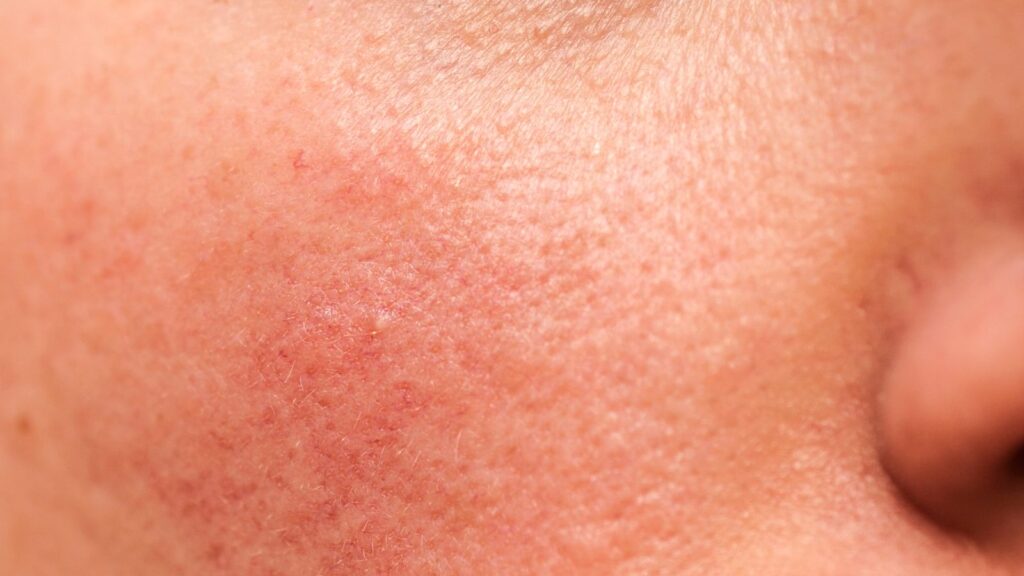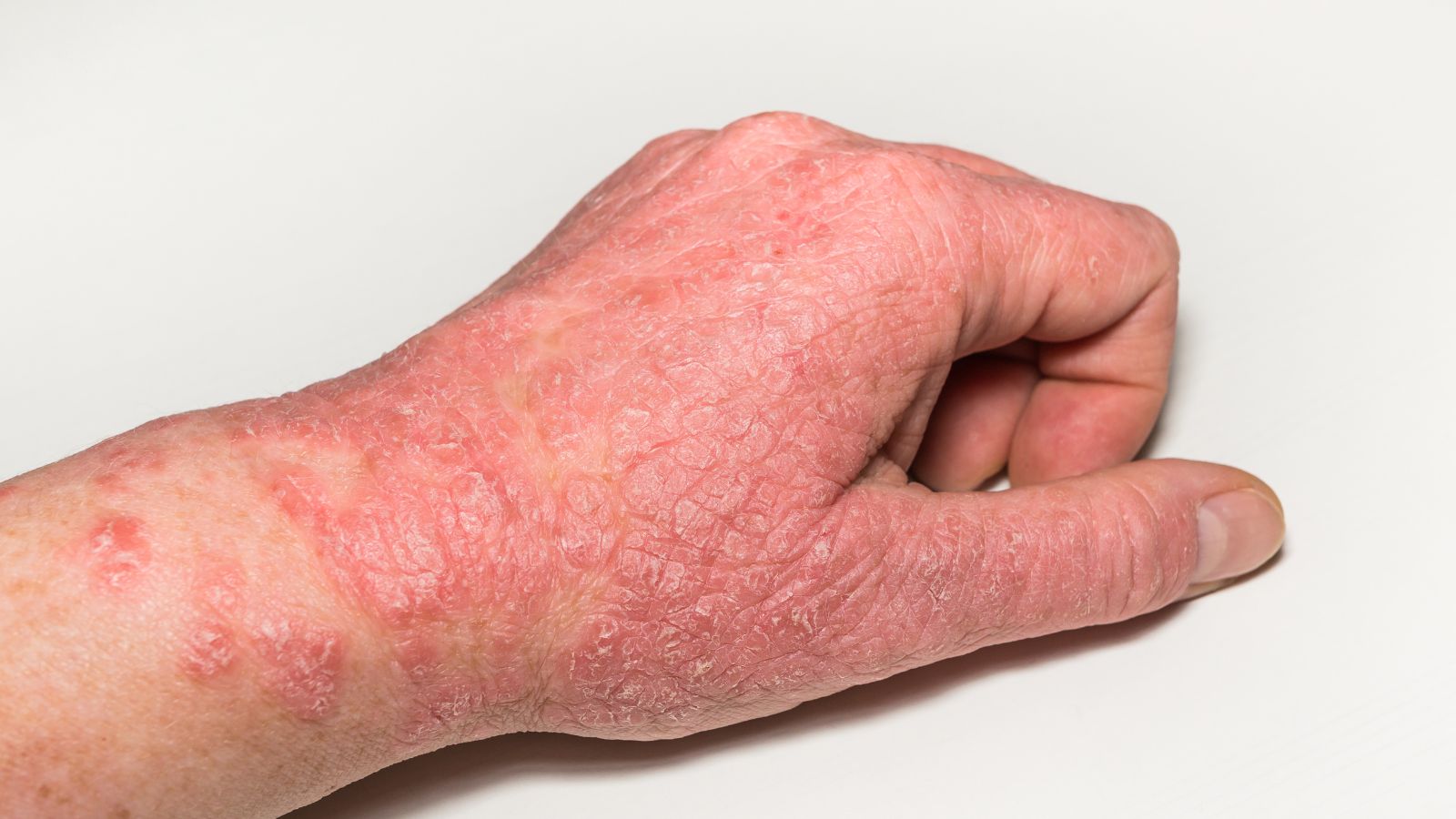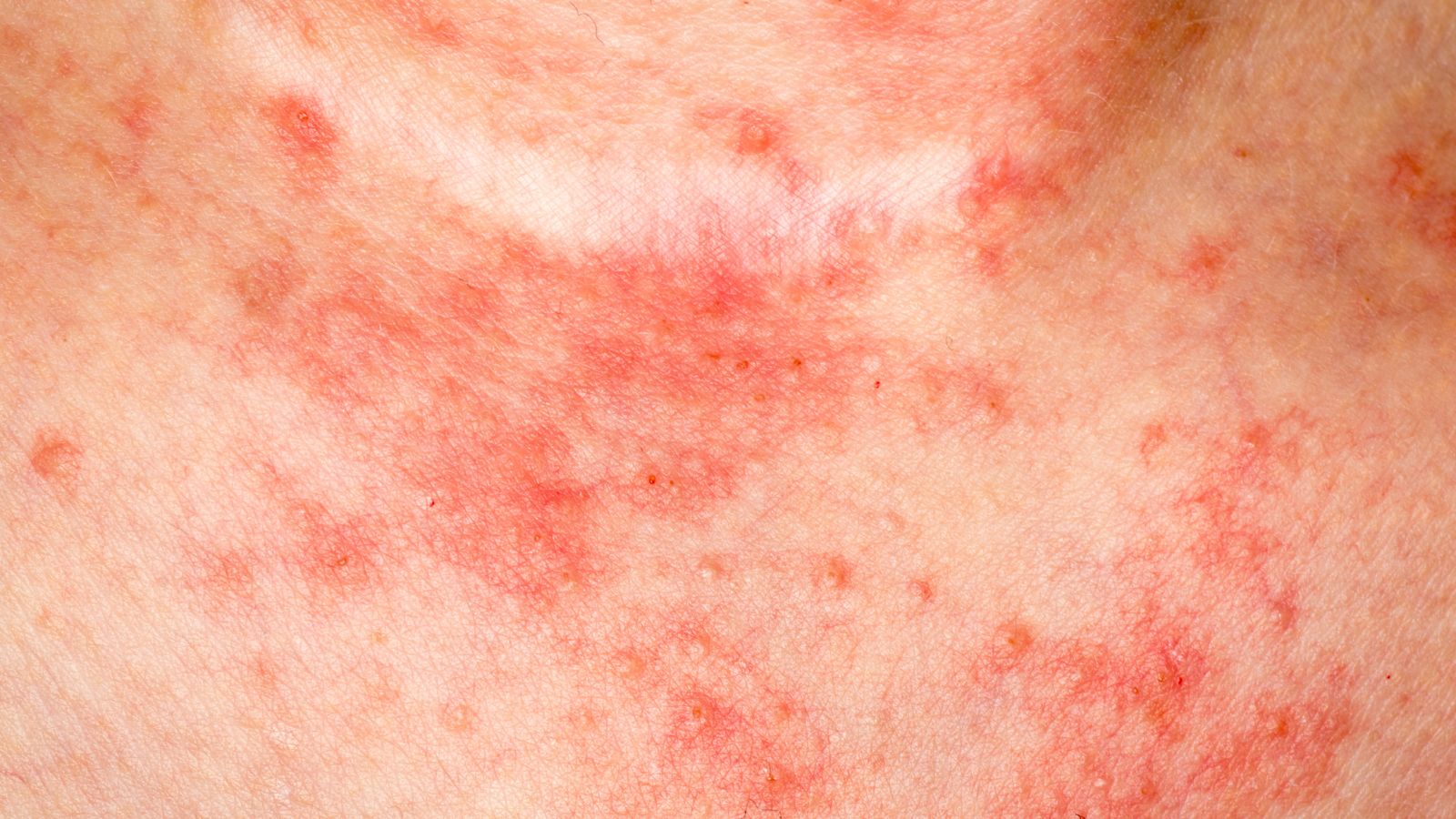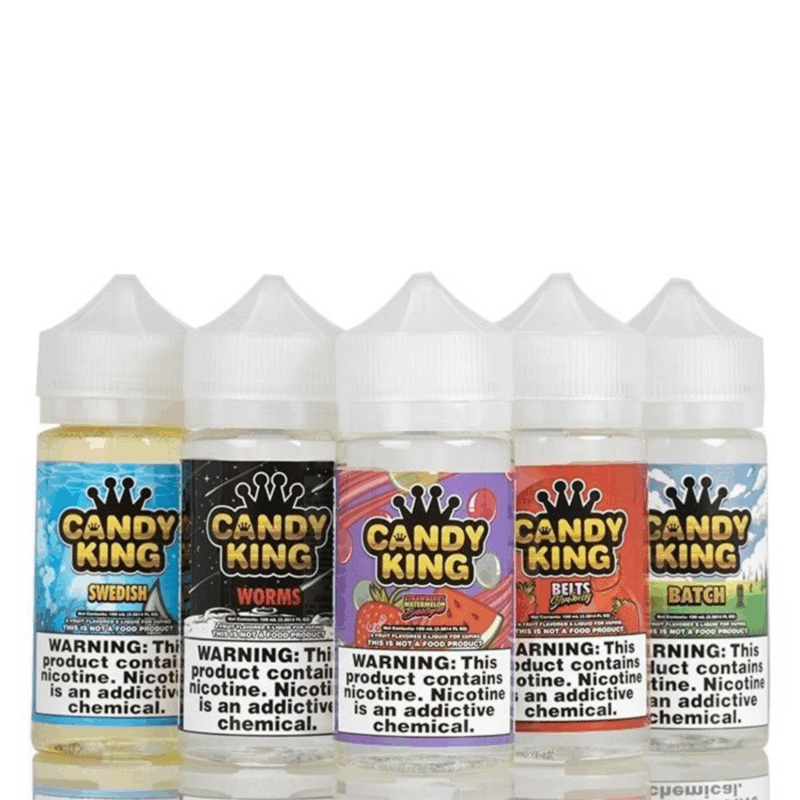
When dealing with a major skin freak-out, your body’s usually already in inflammation mode before you even register what’s happening. Next thing you know, you’ve got redness, irritation, and that awful “why me, why now” feeling—exactly when you need your skin to look decent.
Instead of the usual “just moisturize more” advice, let’s look at approaches that work with your skin’s biology. Rather than endlessly avoiding triggers or slathering on temporary fixes, these strategies tap into your body’s own healing capabilities to create skin that stays calmer, longer.
The Inflammation-Skin Connection
Anyone who’s experienced troubled skin knows that it doesn’t just sit on the surface. Research has found that ongoing inflammation gradually damages the skin’s protective barrier, creating a vicious cycle that regular creams can’t fix.
An uncommon fact about skin conditions: whether dealing with eczema, acne, rosacea, or psoriasis, they all share inflammation as a root cause. That’s why people with one inflammatory skin problem often develop others. Thus, tackling the underlying inflammation, not just covering symptoms, gives better long-term results.
For those whose skin overreacts to everything, understanding this connection changes everything. The trick isn’t shutting down all inflammation (your body actually needs some to protect itself) but finding your skin’s happy balance again.
Modern Skin Inflammation Management
Dermatologists now have a whole arsenal of solutions for treating angry, inflamed skin. If you prefer going the natural route without sacrificing science, consider natural CBD skincare products. What makes them different is how they tap into the skin’s built-in endocannabinoid system— a network of receptors that acts like your skin’s own control panel for things like inflammation, oil production, and how quickly cells regenerate.
Products that combine CBD with extracts from chamomile or calendula hit inflammation from different angles. The great thing about these cannabinoid compounds is that they don’t completely shut down your immune response but just turn down the volume a bit. That’s probably why they sometimes work when nothing else does.
Adaptogens represent another option that emerging research suggests may help with skin reactivity. These plant compounds, traditionally used to help the body adapt to stress, show preliminary benefits for inflammatory skin conditions. Some adaptogens with supporting research include:
- Reishi mushroom: Studies indicate possible effects on excessive immune responses
- Ashwagandha: Preliminary research suggests benefits for stress-triggered skin issues
- Holy basil: Traditional use supports its potential benefits for reactive skin
Research on green tea shows it’s loaded with catechins that fight inflammation in skin cells. Many people report that drinking green tea and using skincare with green tea extract helps with their redness and irritation. However, results can vary dramatically from person to person—what works wonders for one might do absolutely nothing for another!
Barrier Support Protocol
Major skin reactivity can overwhelm your skin’s natural defenses through a compromised barrier function. Research suggests that inflammatory conditions disrupt your skin’s lipid matrix, creating microscopic cracks where irritants can penetrate and trigger immune responses.
During inflammatory flare-ups, consider implementing a barrier repair protocol focusing exclusively on gentle cleansing and intensive moisture barrier support. Address only urgent skin concerns during high-inflammation periods, and defer introducing any new products until your skin has stabilized.
For complex inflammatory conditions, create visual skin tracking maps that separate interconnected symptoms into manageable components. This helps identify whether you’re dealing primarily with barrier disruption, microbiome imbalance, or true immune-mediated inflammation, each requiring slightly different approaches.
Systemic Calming
During skin flares, your autonomic nervous system often remains in prolonged “fight or flight” mode, further fueling inflammation cycles. Research demonstrates that addressing internal stress can significantly impact external skin symptoms.
Implement strategic nutritional support to reduce inflammatory triggers:
- Focus on omega-3 rich foods (wild salmon, flaxseed) to balance inflammatory eicosanoids
- Include zinc-rich foods (pumpkin seeds, oysters) to support skin barrier repair
- Emphasize polyphenol-rich options (berries, green tea) to modulate immune responses
- Avoid high-glycemic foods that trigger insulin spikes, which can worsen inflammation in sensitive individuals
- Add sulfur-containing foods like garlic and onions—they contain compounds that help detoxify inflammatory triggers and support glutathione production, your body’s master antioxidant
Anti-inflammatory compounds work best when consumed consistently, not just during active flares. Building these elements into your routine creates a higher threshold for reactivity, making your skin less likely to react to occasional triggers.
Gut-Skin Secret: Fermented foods rich in diverse probiotics don’t just benefit digestion—they appear to reduce systemic inflammation markers that contribute to skin reactivity. Incorporating small amounts of various fermented foods often yields better results than large amounts of just one type.
Environmental Protection
Neurological research shows that environmental aggressors significantly increase inflammatory skin reactions. Establish daily “skin protection anchors”—consistent defense routines regardless of whether your skin is currently flaring.
These might include mineral sunscreen application (zinc oxide-based formulas provide both UV protection and gentle anti-inflammatory benefits), antioxidant serums to neutralize pollution-generated free radicals, and evening barrier repair treatments.
Many people overlook how indoor environments affect skin inflammation. Indoor air often contains higher concentrations of certain irritants than outdoor air. Investing in a HEPA air purifier for spaces where you spend significant time can noticeably reduce skin reactivity for many sensitive individuals.
Pollution Hack: Apply antioxidant products before heading outdoors, not just sunscreen. This creates a protective buffer between your skin and inflammatory particulate matter, especially important in urban environments.
Strategic Inflammation Intervention
Research supports targeted intervention timing for enhanced inflammation management. Addressing skin reactivity at the first microscopic signs—before visible redness or bumps appear—yields significantly better results than waiting for full-blown flares.
Learn your skin’s specific pre-inflammation signals: perhaps slight warmth, barely perceptible roughness, or minor itching. These subtle cues offer a critical window for intervention when inflammatory cascades can still be interrupted before creating visible symptoms.
The most effective approach combines targeted local treatment with systemic support, simultaneously addressing the symptom and its underlying causes. This dual-pronged strategy breaks the inflammation cycle rather than just temporarily suppressing it.
The Bottom Line
Navigating inflammatory skin conditions benefits from a systematic approach rather than scattered soothing techniques. Consider starting with barrier repair and environmental protection, then gradually incorporating internal anti-inflammatory supports that work for your unique biology.
The inflammatory response during skin reactivity is a natural biological process most humans share, but its intensity varies widely between individuals. When your skin reacts strongly, sometimes working with this response, not against it, keeps your complexion balanced. Finding this equilibrium takes practice but becomes more intuitive with each inflammatory cycle successfully managed.














